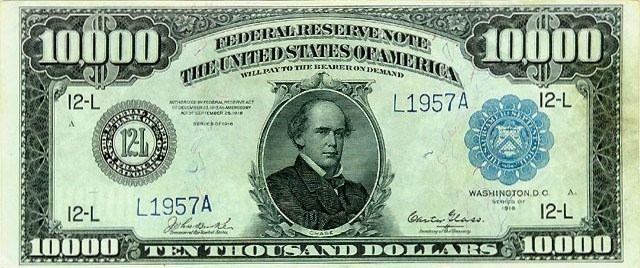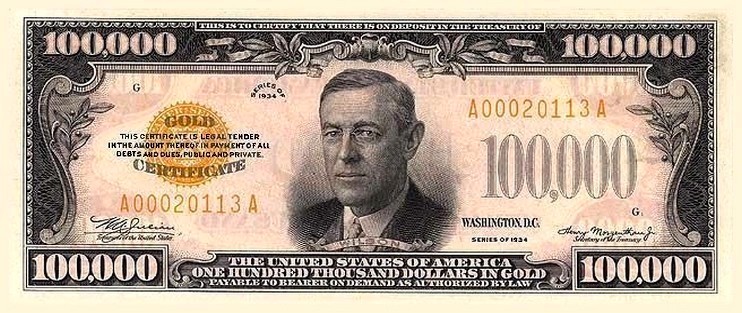How Low Did It Go?
July 8, 1932 - The Dow Jones Industrial Average reached its lowest level of the Great Depression, bottoming out at 41.22. After the stock market crash of October 29, 1929 ("Black Tuesday") triggered the Great Depression, the market continued to decline over the next three years before hitting bottom. Although World War II would eventually return the country to prosperity, it would still take another 20 years before the market would return to the pre-Black Tuesday levels.
|
Dueling Differences

July 11, 1804 - Former Secretary of the Treasury, Alexander Hamilton was mortally wounded in a pistol duel with Vice President Aaron Burr. Hamilton and Burr had been political enemies for several years, but tensions between the two men had risen after Hamilton's political maneuvers first denied Burr the Presidency of the United States and later the Governorship of New York. The feud reached its pinnacle when Burr learned of statements Hamilton allegedly made about him during a dinner party in the Spring of 1804. After letters were exchanged between the men in which Hamilton refused to either confirm or deny the statements, Burr challenged Hamilton to a duel. Although dueling was a common practice for men to resolve insults to one's honor it was outlawed in most northern states including New York. On the morning of the July 11 Hamilton and Burr crossed the Hudson river into New Jersey where the duel was to take place. Hamilton fired first, intentionally throwing his shot so as to miss Burr, but Burr's returned fire was meant to kill and hit Hamilton in the lower abdomen. Hamilton was taken back across the river where he died the next day. Burr was charged with murder in both New Jersey and New York but was later acquitted. The backlash for killing the popular Hamilton effectively ended Burr's political career.
|
Can You Make Change For This?
July 14, 1969 - The
United States
$500, $1,000, $5,000 and $10,000 bills were officially withdrawn
from circulation. For the most part, these bills were used by banks and the Federal
Government for large financial transactions. However, the introduction of
the electronic money system
made large-scale cash transactions obsolete. While these notes are still considered legal tender and may be
found in circulation today, most notes still in existence are probably in the hands of private collectors. The largest note ever printed was $100,000 bill, which was printed in 1934 with an orange back. This bill never entered circulation and was only used for transactions between Federal Reserve Banks.
You can check out these bills here (click for larger image):$500 Front  | $500 Back  | $1000 Front  | $1000 Back  | $5000 Front  | $5000 Back  |
$10000 Front  | $10000 Back  |
$100000 Front  | $100000 Back  |
|
|
"These are days when many are discouraged. In the
93 years of my life, depressions have come and gone. Prosperity has
always returned and will again."
- John D. Rockefeller
|
|